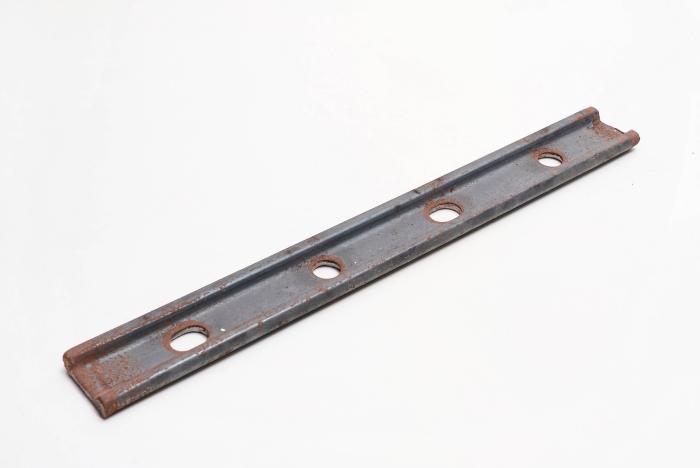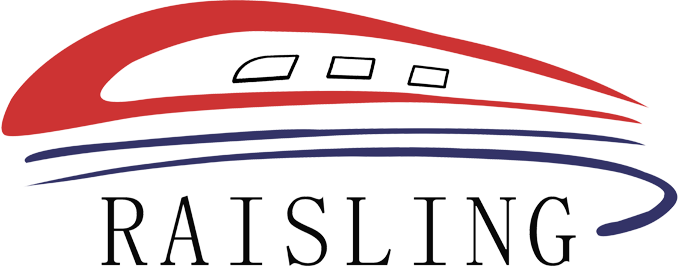-
ProductsAt present, the company has the ability to produce 50000 tons of rail buckle accessories annually. The product series includes various specifications of spring bars Gauge baffles, switch special pads, joint clamps for 43kg, 50kg, 60kg steel rails, various export products, etc

-

-
AboutThe company was established in 1994 and is a production enterprise specializing in the research and development, production, and sales of railway line specific accessories

Understanding Fishplates: Essential Components for Rail Transport Systems
Jul 07,2025
Fishplates, also known as rail joiners, are crucial components in the construction and maintenance of rail transport systems. These devices serve as connectors between two sections of rail, ensuring that the tracks remain aligned and stable under the immense weight and dynamic forces generated by moving trains. Understanding the significance of fishplates is essential for professionals in the rail

One of the primary functions of a fishplate is to provide a continuous surface for the train wheels to travel upon. When trains operate, they exert significant forces on the tracks, which can lead to misalignment or deformation of rail sections if not properly managed. Fishplates help mitigate these issues by securely fastening two rail ends together, allowing for a smooth transition and minimizing potential disruptions in the track alignment.
Moreover, fishplates are engineered to absorb and disperse the vibrations and stresses that occur during train operations. This capability is vital not only for maintaining track integrity but also for enhancing passenger comfort and safety. A well-fitted fishplate can significantly reduce the risk of track buckling or failure, which can have catastrophic consequences.
The installation and maintenance of fishplates involve careful consideration of various factors, including material selection, corrosion resistance, and the specific characteristics of the rail being used. Typically made from durable materials such as steel or aluminum, fishplates must be compatible with the rail's material properties to ensure longevity and reliability. Additionally, regular inspections and maintenance are essential to identify wear and tear, ensuring that these components continue to perform at optimal levels.
It is also important to note that advancements in technology are influencing the design and functionality of fishplates. Innovations such as improved fastening systems and enhanced materials are being developed to further enhance the performance of fishplates. As the rail industry continues to evolve, staying informed about these advancements will be crucial for professionals seeking to maintain high standards of safety and efficiency in rail transport systems.
In conclusion, fishplates play a pivotal role in the integrity and functionality of rail transport systems. By understanding their importance, professionals can better appreciate the complexities involved in rail infrastructure and contribute to the ongoing development and maintenance of safe and efficient rail networks. This knowledge is not only beneficial for operational purposes but also essential for fostering advancements in rail technology that improve overall performance.
Previous:
Recommended
Asia Pacific Rail 2025 Concludes in Bangkok, Showcasing Rail Industry's Future
Bangkok, May 29 - The Asia Pacific Rail 2025, a leading event in the railway and rail transit industry, successfully concluded on May 29 in Bangkok, Thailand.
There is one sheet production line and two high-precision engraving machines, with an annual production capacity of 6 million railway special height adjustment pads.
Contact Us
Henan Xinda Railway Equipment Co., Ltd
Fax: +86-372-2615999
Tel: +86-18567891234
Email:info@xindarail.com
Send us your request
we will get in touch with you as soon as possible
COOKIES
Our website uses cookies and similar technologies to personalize the advertising shown to you and to help you get the best experience on our website. For more information, see our Privacy & Cookie Policy
COOKIES
Our website uses cookies and similar technologies to personalize the advertising shown to you and to help you get the best experience on our website. For more information, see our Privacy & Cookie Policy
These cookies are necessary for basic functions such as payment. Standard cookies cannot be turned off and do not store any of your information.
These cookies collect information, such as how many people are using our site or which pages are popular, to help us improve the customer experience. Turning these cookies off will mean we can't collect information to improve your experience.
These cookies enable the website to provide enhanced functionality and personalization. They may be set by us or by third-party providers whose services we have added to our pages. If you do not allow these cookies, some or all of these services may not function properly.
These cookies help us understand what you are interested in so that we can show you relevant advertising on other websites. Turning these cookies off will mean we are unable to show you any personalized advertising.
COOKIES
Our website uses cookies and similar technologies to personalize the advertising shown to you and to help you get the best experience on our website. For more information, see our Privacy & Cookie Policy
COOKIES
Our website uses cookies and similar technologies to personalize the advertising shown to you and to help you get the best experience on our website. For more information, see our Privacy & Cookie Policy
These cookies are necessary for basic functions such as payment. Standard cookies cannot be turned off and do not store any of your information.
These cookies collect information, such as how many people are using our site or which pages are popular, to help us improve the customer experience. Turning these cookies off will mean we can't collect information to improve your experience.
These cookies enable the website to provide enhanced functionality and personalization. They may be set by us or by third-party providers whose services we have added to our pages. If you do not allow these cookies, some or all of these services may not function properly.
These cookies help us understand what you are interested in so that we can show you relevant advertising on other websites. Turning these cookies off will mean we are unable to show you any personalized advertising.

